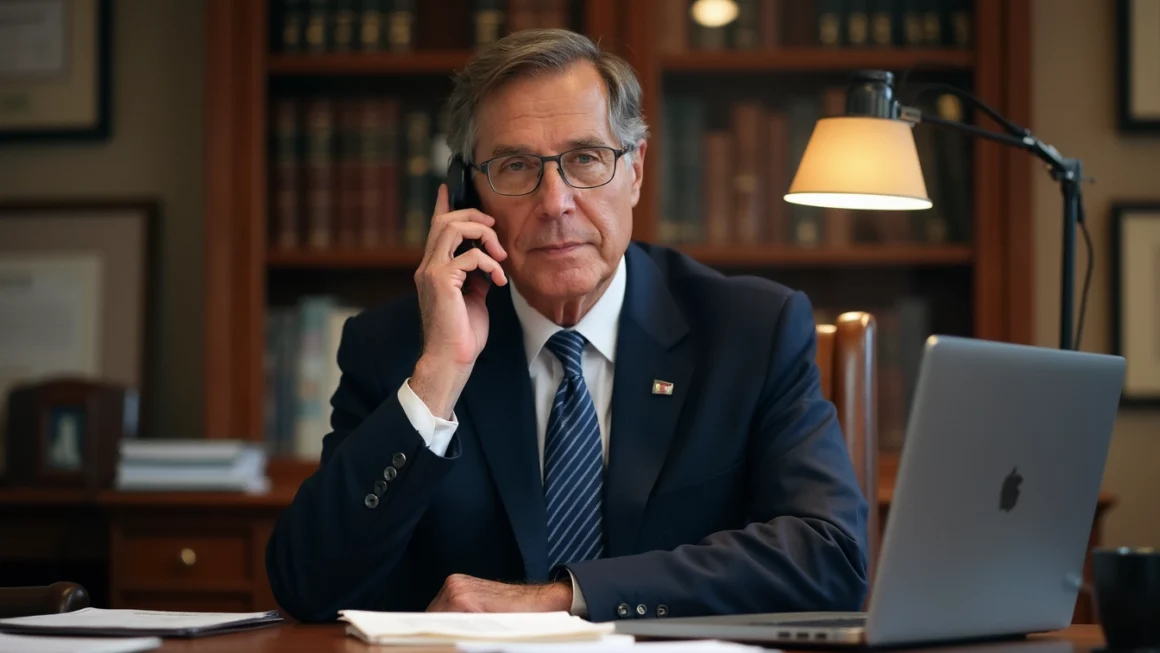Key Takeaways from the Global Biodiversity Summit
Table of Contents
The 16th Conference of the Parties (COP16) to the Convention on Biological Diversity (CBD) concluded with significant outcomes that will shape global efforts to protect and restore biodiversity. This summit, held in the wake of increasing environmental concerns, brought together world leaders, policymakers, and environmental experts to address the pressing issues facing our planet’s ecosystems.
The Kunming-Montreal Global Biodiversity Framework
One of the most significant achievements of COP16 was the adoption of the Kunming-Montreal Global Biodiversity Framework (GBF). This landmark agreement sets ambitious targets for biodiversity conservation and sustainable use by 2030. The framework includes four long-term goals for 2050 and 23 action-oriented global targets for 2030, aimed at addressing biodiversity loss and restoring natural ecosystems.
Key Targets of the GBF
- Protect 30% of land and sea areas by 2030
- Restore 30% of degraded ecosystems
- Reduce the rate of introduction of invasive alien species by 50%
- Cut global food waste in half
- Significantly reduce the risk from pesticides and highly hazardous chemicals
Financial Commitments and Resource Mobilization
A crucial aspect of the COP16 negotiations was the discussion on financing biodiversity conservation efforts. The summit saw commitments from various countries and organizations to increase funding for biodiversity protection. The Global Environment Facility (GEF) will play a pivotal role in managing these funds, ensuring they are directed towards effective conservation projects worldwide.
To facilitate this process, businesses can leverage automation tools to streamline their environmental reporting and resource allocation. Automation platforms can help organizations track their biodiversity impact and manage conservation projects more efficiently.
Business and Biodiversity
COP16 emphasized the critical role of the private sector in achieving biodiversity goals. Businesses are increasingly expected to:
- Assess and disclose their impacts on biodiversity
- Integrate biodiversity considerations into their strategies and operations
- Invest in nature-positive solutions
- Support sustainable supply chains
These expectations align with the growing trend of Environmental, Social, and Governance (ESG) reporting, which now includes biodiversity as a key factor.
Indigenous Peoples and Local Communities
The summit recognized the crucial role of Indigenous Peoples and Local Communities (IPLCs) in biodiversity conservation. The GBF includes provisions to respect their rights, knowledge, and practices in biodiversity management. This recognition is a significant step towards more inclusive and effective conservation strategies.
Challenges and Criticisms
Despite the progress made, COP16 faced criticism from some environmental groups who argued that the targets were not ambitious enough to halt biodiversity loss effectively. Concerns were raised about the lack of legally binding mechanisms to ensure countries meet their commitments.
Implementation and Monitoring
The success of the Kunming-Montreal GBF will largely depend on its implementation. The agreement includes mechanisms for planning, monitoring, reporting, and review to track progress towards the 2030 targets. Countries are expected to develop national biodiversity strategies and action plans aligned with the GBF.
The Road Ahead
As we move forward from COP16, the global community faces the challenge of translating these ambitious goals into concrete actions. This will require unprecedented cooperation between governments, businesses, civil society, and local communities. The next few years will be crucial in determining whether we can reverse the trend of biodiversity loss and create a more sustainable future for our planet.
Conclusion
COP16 has set the stage for a global effort to protect and restore biodiversity. While the targets are ambitious, they reflect the urgency of the biodiversity crisis. As we work towards these goals, it’s clear that every sector of society has a role to play. From government policies to business practices and individual actions, the path to biodiversity conservation will require collective and sustained effort.
The outcomes of COP16 represent a pivotal moment in our relationship with nature. By committing to these targets and working together, we have the opportunity to create a world where humanity lives in harmony with the natural world, ensuring a sustainable and resilient future for generations to come.




